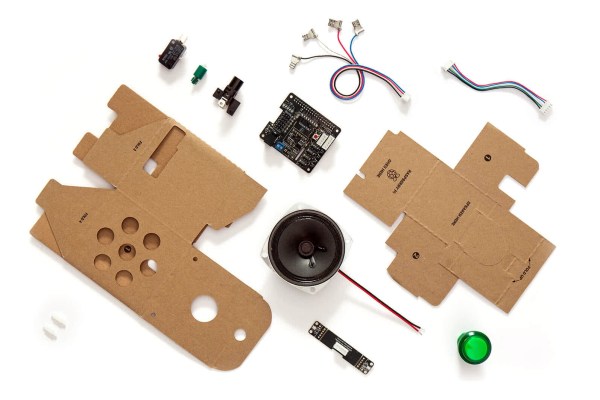For all the advances in medical diagnostics made over the last two centuries of modern medicine, from the ability to peer deep inside the body with the help of superconducting magnets to harnessing the power of molecular biology, it seems strange that the enduring symbol of the medical profession is something as simple as the stethoscope. Hardly a medical examination goes by without the frigid kiss of a stethoscope against one’s chest, while we search the practitioner’s face for a telltale frown revealing something wrong from deep inside us.
The stethoscope has changed little since its invention and yet remains a valuable if problematic diagnostic tool. Efforts have been made to solve these problems over the years, but only with relatively recent advances in digital signal processing (DSP), microelectromechanical systems (MEMS), and artificial intelligence has any real progress been made. This leaves so-called smart stethoscopes poised to make a real difference in diagnostics, especially in the developing world and under austere or emergency situations.
Continue reading “Stethoscopes, Electronics, And Artificial Intelligence”


















